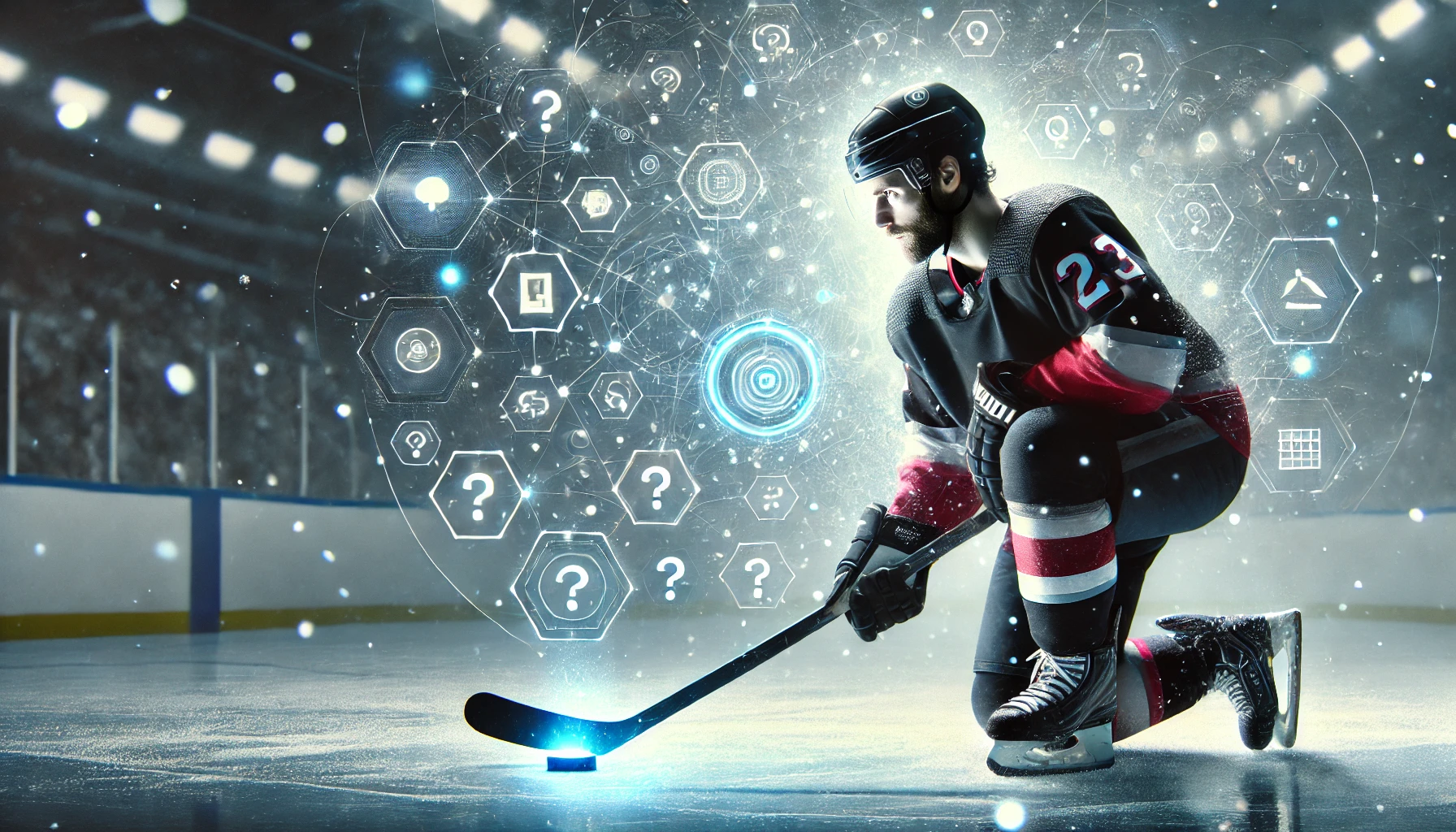|
3 Little-Known Facts About Mental Resilience in Hockey

In hockey, mental resilience is a game-changer, allowing players to push through intense pressure, bounce back from setbacks, and stay sharp under stress. While we often hear about standard resilience techniques, this year’s research has uncovered some unexpected insights into what makes hockey players mentally tough. Here are three lesser-known facts about resilience in hockey that might surprise you.
1. Smiling Under Pressure Increases Mental Resilience
It might seem counterintuitive, but smiling during high-pressure moments can boost resilience. According to a recent study in The Journal of Sport and Exercise Psychology, athletes who smiled while handling challenging situations reported feeling more in control and less stressed. The study suggests that smiling—even when forced—activates neural pathways associated with relaxation, helping players maintain a resilient mindset in tense moments.
How to Use It:
Try adding a quick smile during stressful moments on the ice—whether it’s after a mistake or before a face-off. This simple action can help release tension and refocus your mind, reinforcing your resilience in the heat of competition.
2. Using Visualization Right Before Sleep Boosts Resilience
Visualization is widely used by athletes to mentally prepare, but a surprising finding from The Journal of Applied Sport Psychology this year shows that visualizing successful plays right before sleep can significantly enhance resilience. The study found that when players visualized positive scenarios before bed, their sleep quality improved, and they reported feeling more mentally prepared and resilient the next day. Visualization before sleep helps reinforce confidence and primes the brain for focus.
How to Use It:
Before going to sleep, spend a few minutes visualizing successful plays or moments of strong performance. Let your mind focus on your strengths. This practice not only enhances resilience but also sets you up for better mental clarity and energy the following day.
3. Cold Exposure Therapy Increases Mental Toughness
Cold exposure isn’t just for physical recovery—it also builds mental resilience. A study published this year in The International Journal of Sports Science found that athletes who regularly used cold exposure therapy (such as ice baths or cold showers) reported higher mental toughness and resilience. Cold exposure activates the body’s stress response in a controlled way, training players to handle discomfort and recover quickly.
How to Use It:
Try adding brief cold exposure, like a cold shower or ice bath, to your post-practice routine. Start with short bursts and gradually increase the duration as you get more comfortable. Cold exposure not only aids physical recovery but also strengthens your mental resilience by conditioning your mind to stay calm under stress.
Why This Matters for You
Resilience in hockey isn’t just about enduring challenges—it’s about using every tool to stay adaptable, focused, and mentally prepared. By incorporating small actions like smiling, visualizing before sleep, and practicing cold exposure, you’re equipping yourself with unique techniques to keep your resilience strong.
If these little-known facts helped you see mental resilience in a new light, share this newsletter with a teammate who’s ready to up their mental game.
Stay Sharp and Skate like the wind, Izzy

Photo Credit: Tricia Mercuri
_________________________________________________________________
🔹 Trusted by High Performers Across the Globe
🏅 NHL Stars & Olympians– Unshakable confidence under pressure
🧠 World-Class Surgeons & Dental Leaders– Precision, clarity, and composure
💼 Top Executives – Bold leadership and sustainable success
🔹 Why Isabelle?
🌟 Award-Winning Expert in Expert Mental Performance
🏆 #1 Bestselling Author – Hockey Confidence
🎯 Delivering real transformation in high-stakes environments
🔹 Resources
➤ Inside the Minds of High Performers 🎥
➤ #1 Bestseller – Hockey Confidence 📖 🎧
➤ Access Free NHL Winning Mindset Tips
🌐 braintrainwin.com
 
|